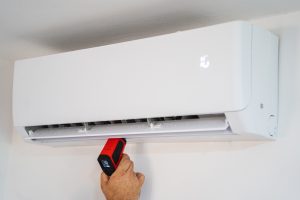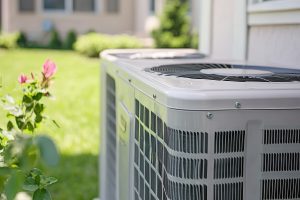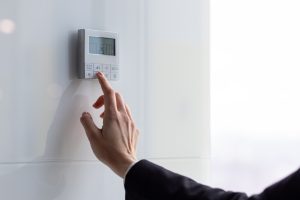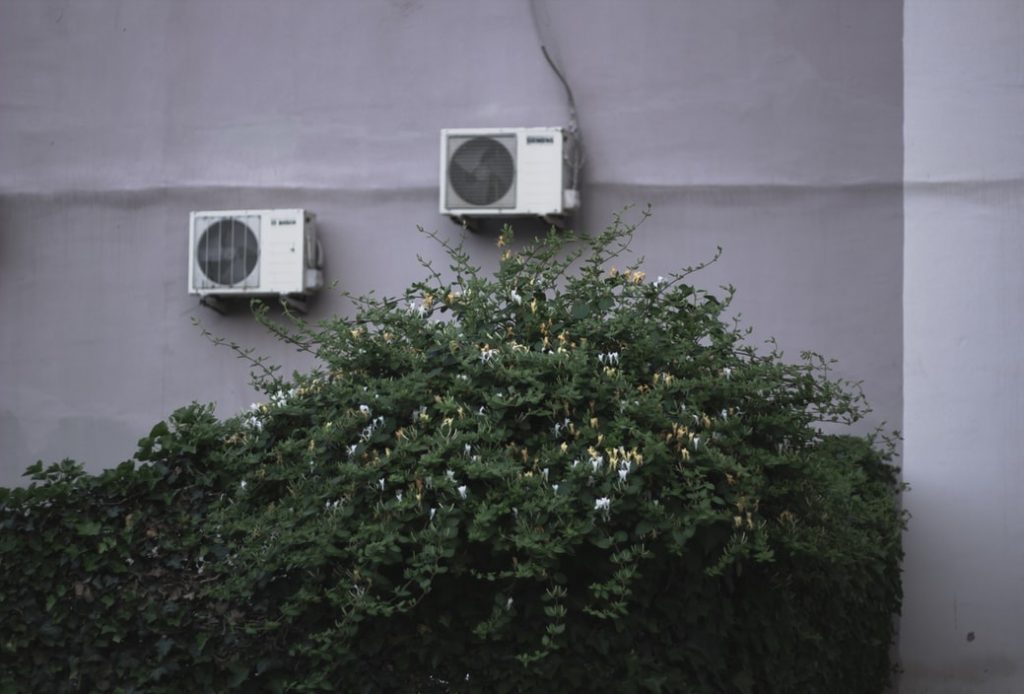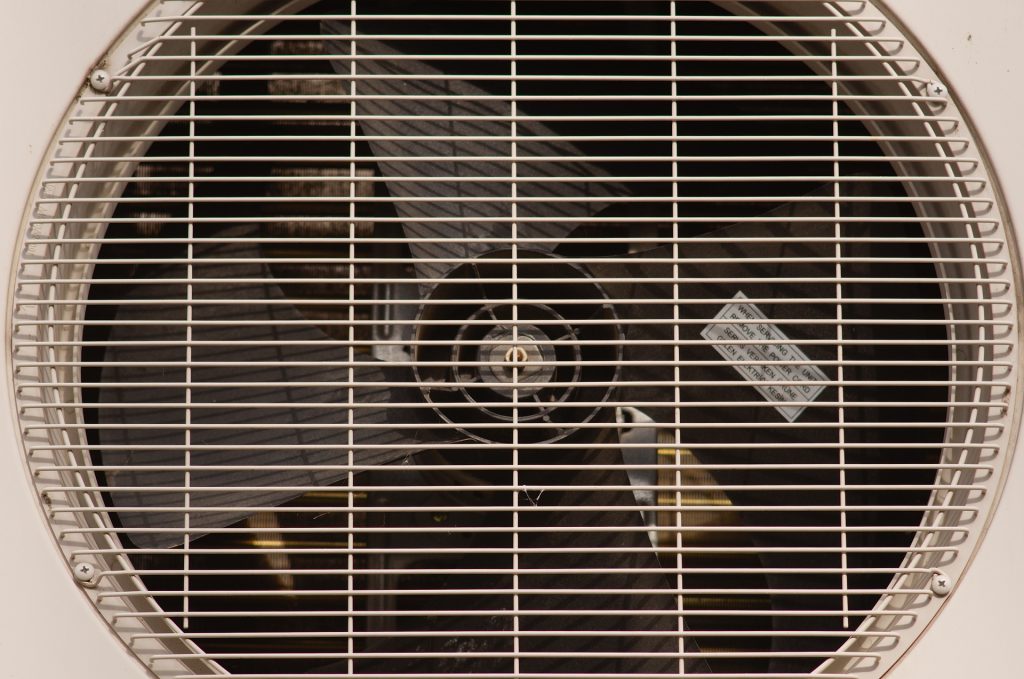Not vacuuming your AC system, especially after installation or service, will result in you not enjoying the system’s optimal performance. Why?
When the air conditioning system is exposed to the atmosphere, elements like air, humidity, and moisture might accumulate in the system. Even a minute amount of these elements can significantly affect the AC’s performance, or even worse, lead to severe problems.
So, if you were wondering whether it’s that important to vacuum your AC system, the answer is, yes! Vacuuming allows you to remove any moisture and air from the system, guaranteeing optimal performance.
But how do you do the vacuuming? Is it possible to do it without a vacuum pump?
Well, this article delves deeper into how to vacuum your AC system without a pump. The following tips will guide you into just how to accomplish this.
How to Vacuum AC System without Pump
Refrigeration systems are designed to work only with refrigerant and oil flowing within them. Any other substance that gets inside the system is seen as foreign and needs to be removed. Whether it’s air, moisture, debris, or oxides, they must be removed to ensure the proper functioning and prevent freezing of your system.
While a vacuum pump is the best solution for an AC evacuation, it’s not the only one. However, the best alternative to a pump requires the installation of access valves, both on the low and high-pressure sides of your system.
Here are some steps to show you just how to vacuum your AC without a pump.
1. Depressing the Access Valve
With your compressor installed, plus the low and high-pressure access valves in place, switch on your compressor. After this, depress the high-pressure side access valve on your AC.
Note: Keenly observe the lower side pressure while doing this.
Once the higher side pressure hits the lowest point, close the high-pressure access valve and switch off your compressor. By following these simple steps, you’ll have depressed your access valve.
The process is straightforward and will take merely five minutes.
2. Charging the Low-Pressure Side
This step comes after you’ve effectively completed the access valve depressing process. Here, you are required to charge the lower pressure side to approximately 14 psi.
After doing this, you should carefully monitor both the low and high-pressure sides for around three minutes. This is to ensure that the pressure on both sides equalizes.
3. Repeat Step One (Depress the High-Pressure Side Access Valve)
After you are done with step two, and the pressures are equal on both sides, switch your compressor on again. Subsequently, depress the high-pressure access valve again, just as you did in step one.
However, instead of monitoring the pressure on the high side, monitor the low side pressure. When it hits the lowest point it can go, allow the access valve on the high side to close.
Again, when the valve is completely closed, switch off the compressor. Step three is complete.
4. Repeat the 2nd and 3rd Steps
Just as you did in the second step, charge the low-pressure side of your AC to approximately 14 psi. Again, wait and monitor the pressure on both sides for around three minutes until they equalize. Then, switch on your compressor and repeat the depressing step of the high-pressure access valve.
For a successful evacuation, you will note that the low-side pressure doesn’t go as low as it had gone in the previous steps. This results from the absorption and gradual release of the refrigerant in the compressor oil.
At this point, if the high-pressure side valve is not releasing any gas, allow it to shut off. By this time, your AC system will be free of any air and moisture previously present.
5. Charge With Refrigerant
This is the last step on how to vacuum your AC system without a pump. First, charge your AC system with the right amount of refrigerant. After this, go ahead and switch off your compressor, and the system is good to go.
Note: You can make some adjustments to the process, depending on the type of AC system you are working on.
Why Should You Vacuum Your AC System?
Accumulation of air and moisture in an AC system brings more problems than you can imagine. While some of the issues might be more severe than others, vacuuming ensures that your home’s air conditioning is not compromised.
Let’s explore some of these problems and how regular vacuuming can help avoid them.
- Reduced condenser capacity: Being a non-condensate gas, the air takes up more space in the system, reducing the space available for refrigerants. This, in return, reduces the AC’s condenser and cooling capability.
- ● Reduced refrigerant charge: more non-condensate air means less space for the refrigerant. Little refrigerant means that less of it will be charged in the refrigerant pipe, as well as the refrigerant system.
- Increase in the system’s temperatures and pressure: Less refrigerant translates to reduced condenser capacity. This, in return, increases the system’s pressure and temperatures.
- Increased energy consumption: When the compressor overheats, there is increased power load, with more energy required to function properly. This can lead to increased energy bills at the end of the month.
- Acid build-up: When moisture integrates with the system’s lubricant, it leads to acid formation. This can result in rust formation and subsequent failure in the internal mechanisms of the AC system.
Key Takeaway
Regular maintenance of your AC system is always paramount. Whichever type of home AC you have, maintenance ensures that you get the best service from it.
Vacuuming is one of the several activities included in a maintenance schedule. It ensures that water, moisture, air, and other unwanted debris are removed from your AC system.
While using a vacuum pump is the easiest way to do this, the above methods can do the same task. This way, you can conserve and protect your AC from damage caused by these simple elements.



